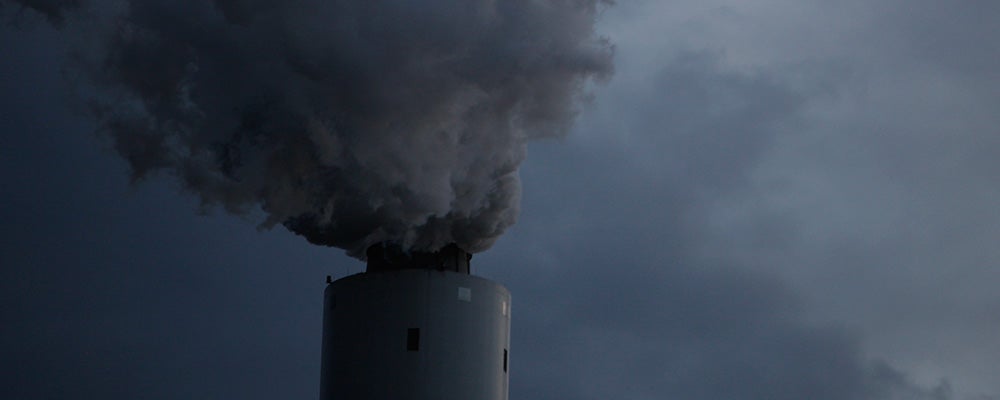Court of Appeals Reaffirms Clean Air Act Requirements In DTE Case
Major modification of DTE power plant should have required new pollution controls that would have prevented hospitalizations and deaths
Contact
Yesterday, a federal appellate court ruled that the U.S. Environmental Protection Agency had the legal authority to take action against DTE Energy after the company put public health at risk by failing to apply for a New Source Review (NSR) permit under the Clean Air Act. This ruling has important implications for the NSR program nationwide.
This is the second time the U.S. Court of Appeals for the Sixth Circuit has ruled on this case, affirming that the U.S. Environmental Protection Agency (EPA) can bring such an enforcement action based on projected increases of emissions from power plants.
The NSR provision requires a utility to determine whether an upgrade to an existing source of air pollution qualifies as a “major modification” that will significantly increase emissions, bringing older plants under modern pollution-control requirements. DTE undertook a $65 million overhaul of part of Michigan’s largest coal-fired power plant in Monroe, claiming it was not a “major modification” by excluding all projected increases of emissions as attributable to future demand growth—a claim completely unsupported by the utility (which actually saw demand decrease in the projected time period).
DTE also claimed the overhaul fell under “routine maintenance, repair, and replacement activities,” a designation that, if accurate, would also exempt the projects from triggering the review and a new permit. Those claims allowed DTE to complete the three-month overhaul without first installing modern pollution control measures, which the EPA would have otherwise have required.
EPA challenged both the “routine maintenance” designation and the exclusion for “demand growth” of all the projected increase in emissions. On behalf of Sierra Club, Earthjustice intervened in the case. This is the second time the case has gone to the Sixth Circuit, and the second time it has been remanded back to the district court affirming that EPA must have a role in reviewing construction plans and pollution projections for changes to power plants.
As Circuit Judge Martha Craig Daughtrey wrote in yesterday’s opinion, “Apparently, it is necessary to reiterate that the applicability of NSR must be determined before construction commences and that liability can attach if an operator proceeds to construction without complying with the preconstruction requirements in the regulations.”
IN RESPONSE:
“DTE was found to be pulling one over on their customers, state regulators, and the EPA. The reason this finding is so important is because it sets a precedent across the country,” said Regina Strong, Director of The Sierra Club’s Beyond Coal Campaign in Michigan. “The loophole of classifying a project as maintenance for a polluting plant instead of as a project that increases plant size, thereby increasing pollution exposure, is what the EPA advocated against. What we all found from this ruling is that the court used common sense where DTE failed to take the community’s pollution exposure into account.”
“This ruling has important consequences for the New Source Review program going forward,” said Earthjustice attorney Mary Whittle. “The court found that the EPA can challenge a company’s preconstruction projections and confirmed that the applicability of New Source Review must be determined before construction begins. Post-construction emissions data can’t prevent the EPA from challenging a company’s failure to comply with the law’s preconstruction requirements.”

Additional Resources
About Earthjustice
Earthjustice is the premier nonprofit environmental law organization. We wield the power of law and the strength of partnership to protect people's health, to preserve magnificent places and wildlife, to advance clean energy, and to combat climate change. We are here because the earth needs a good lawyer.